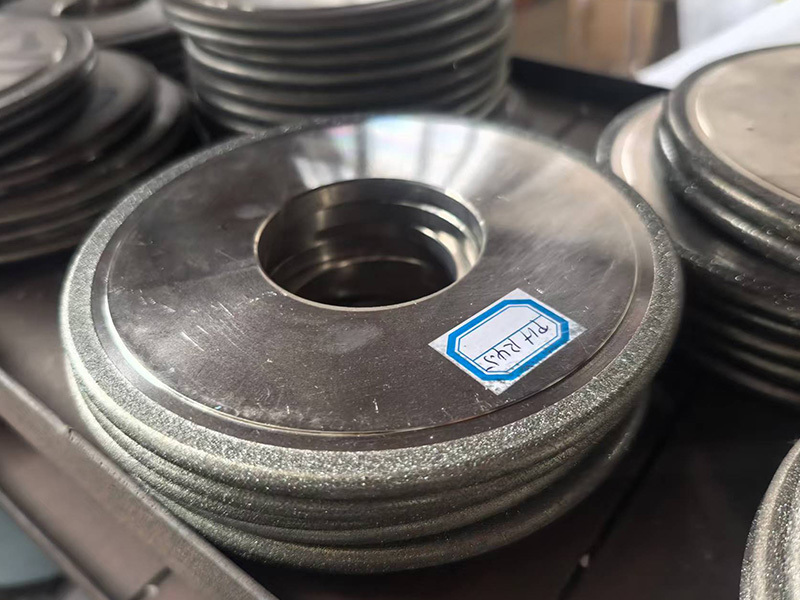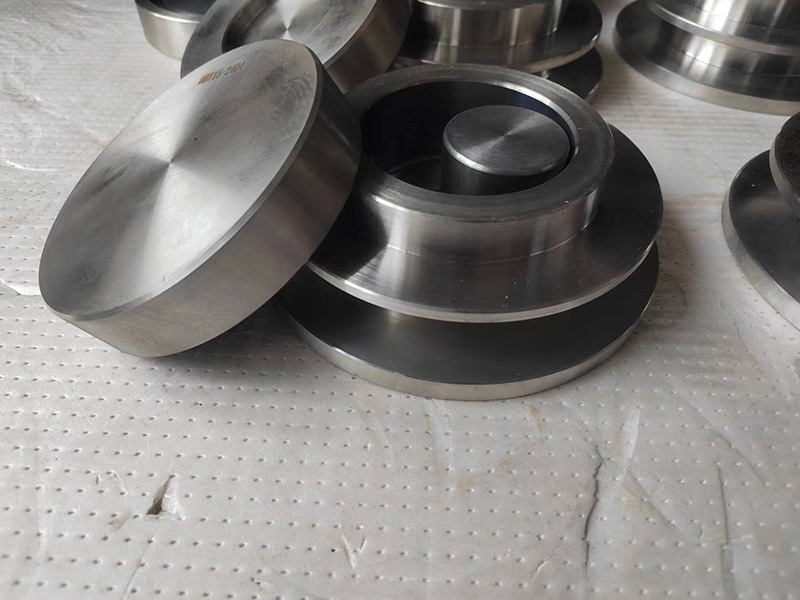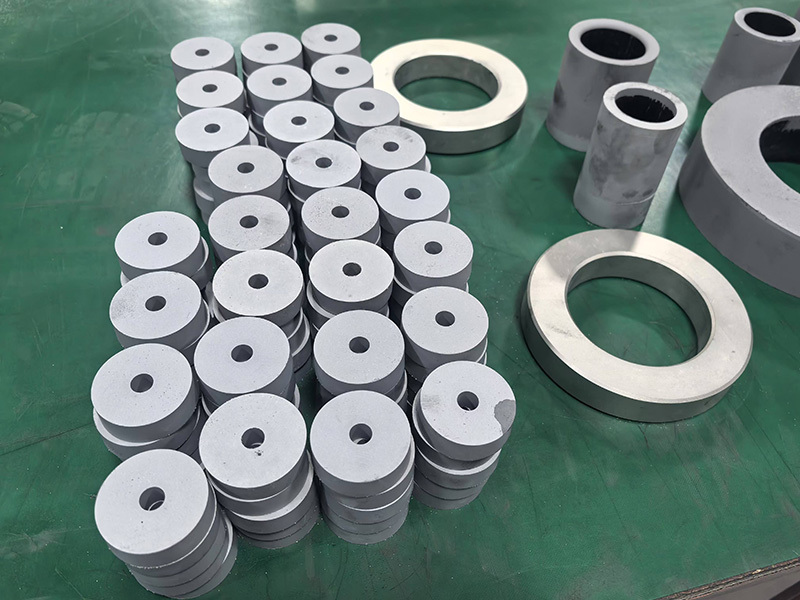The Intricate Dance of the Extrusion Die: Understanding Its Workings
The Intricate Dance of the Extrusion Die: Understanding Its Workings
Ever wondered how those sleek plastic components or metal tubes come to be? Well, let me tell you, it all boils down to a fascinating tool known as the extrusion die. This nifty device is a key player in the world of manufacturing, turning raw materials into the shapes we often take for granted. So, buckle up as we dive into the intricacies of its workings!
What is an Extrusion Die?
To kick things off, let’s break down what an extrusion die actually is. In simple terms, it’s a specialized tool used in the extrusion process—a method where materials like plastic, metal, or rubber are pushed through a shaped opening in the die. Think of it as a cookie cutter for industrial materials. When the heated material is forced through the die, it cools and solidifies, taking on the desired shape.
How Does It Work?
Okay, here’s where it gets interesting! The operation of an extrusion die can be likened to a well-rehearsed dance. First, raw material (often in pellet form for plastics or molten for metals) is fed into the extruder. This is where the magic begins! The material is heated until it reaches a pliable state, then it’s pushed through the die at high pressure.
The Pressure is On!
Now, you might be asking, “What’s with all the pressure?” Well, my friend, the pressure ensures that the material flows uniformly through the die, preventing any inconsistencies. It’s like squeezing toothpaste out of a tube—if you don’t apply enough pressure, you’ll end up with a messy situation!
Types of Extrusion Dies
Not all extrusion dies are created equal. There are a variety of types designed for different applications:
- Sheet Dies: Perfect for producing flat sheets of material.
- Profile Dies: These create complex shapes for construction and furniture.
- Pipe and Tube Dies: Used specifically for crafting pipes and tubes.
Each die is tailored to meet specific manufacturing needs, ensuring that the final product is just right.
The Importance of Design
When it comes to the extrusion die, design is everything. A well-designed die can significantly improve the efficiency of the extrusion process. Engineers often simulate the flow of material through the die using advanced software to optimize its shape and reduce waste. It’s all about getting that perfect balance between speed and quality.
Material Matters
Speaking of design, the materials used to create the die itself are crucial. Common choices include tool steel and various alloys that can withstand the high temperatures and pressures of the extrusion process. After all, you wouldn’t use a butter knife to cut a steak, right?
The Future of Extrusion Technology
As technology advances, so does the world of extrusion. The future holds exciting possibilities, such as the integration of smart sensors into extrusion dies to monitor and optimize the process in real-time. Imagine a system that can automatically adjust temperatures and pressures to ensure perfection every time!
Sustainability in Focus
Moreover, sustainability is becoming a hot topic in manufacturing. Companies are looking for ways to recycle materials and reduce waste during the extrusion process. With the right extrusion die, manufacturers can more easily create products from recycled materials, paving the way for a greener future.
Conclusion
In conclusion, the extrusion die is an unsung hero in the manufacturing realm. Its ability to transform raw materials into usable products is nothing short of remarkable. So, the next time you pick up a plastic bottle or use a metal tube, take a moment to appreciate the intricate dance of the extrusion die that made it all possible!
Tags:
Related news










